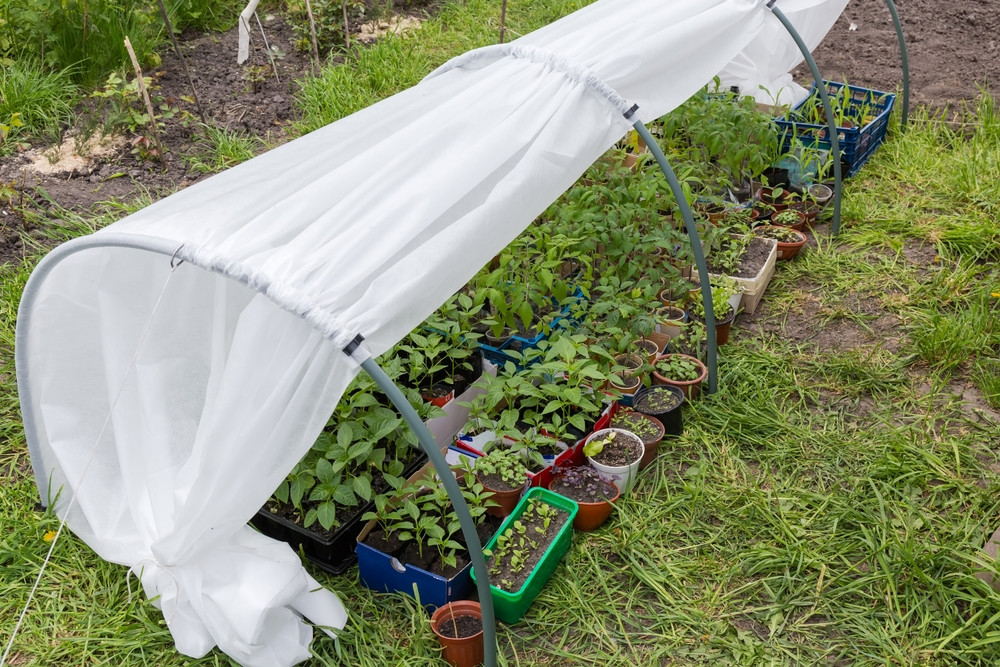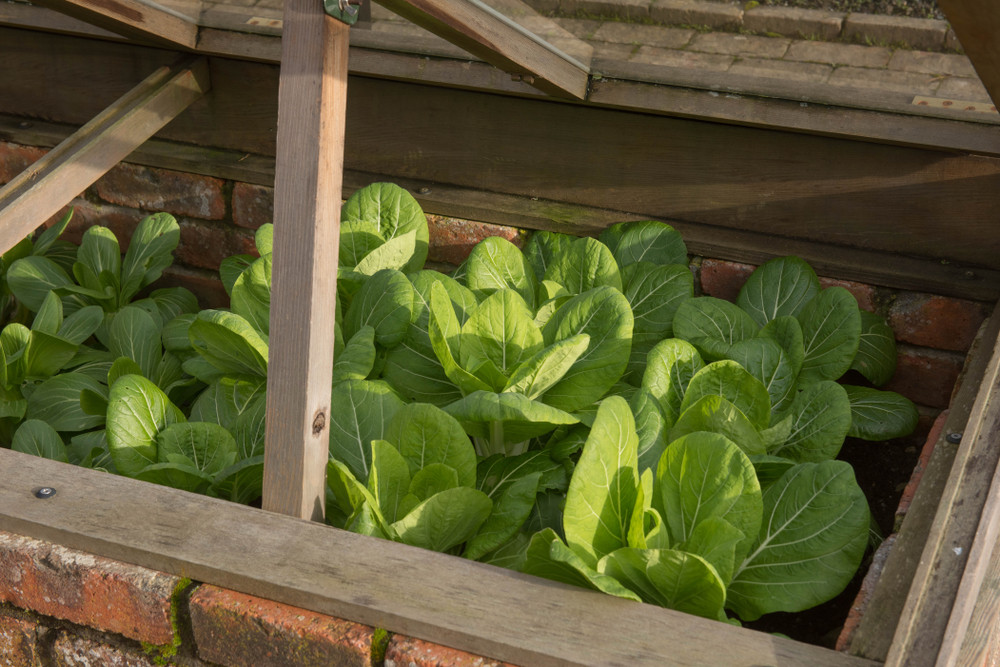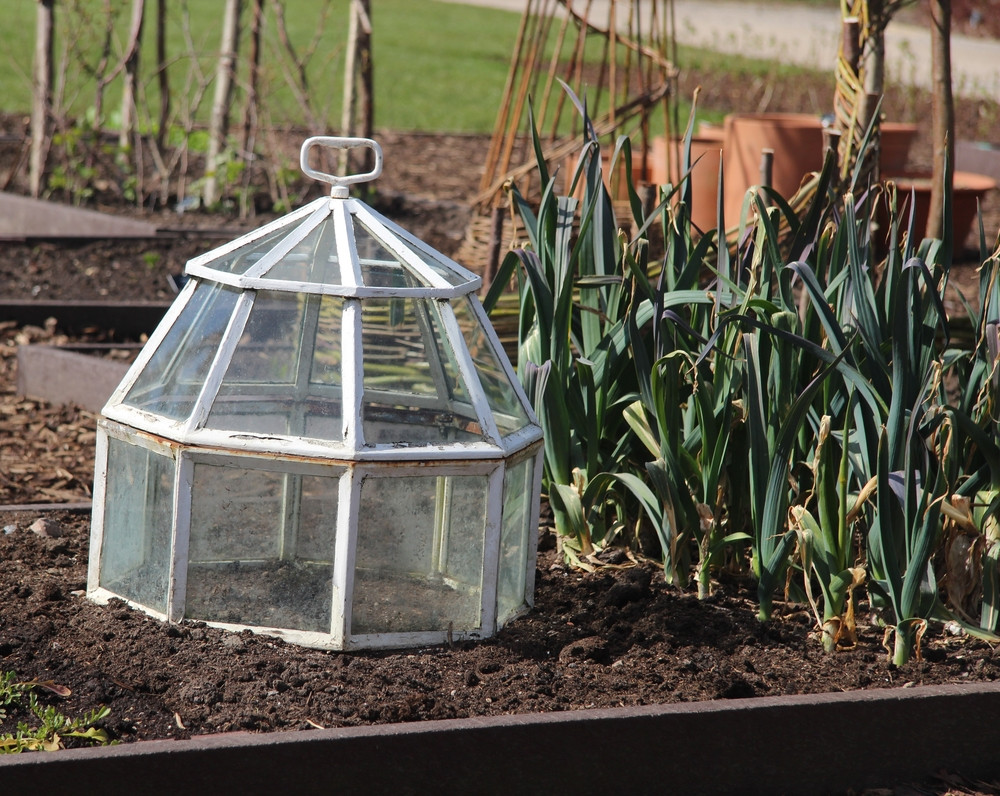How to Protect Your Crops from Frost

As the gardening season approaches its cooler months, frost becomes a significant concern for gardeners. Frost can damage or even destroy tender plants, so taking preventive measures is crucial to ensure a successful harvest. Here are some effective strategies to protect your crops from frost and how incorporating a garden planner can enhance your efforts, by telling you what you can plant safely at different times of the year in your specific geographic location in the world.
Understand Frost and Its Risks
Frost occurs when the temperature drops below 0°C (32°F), leading to ice crystals forming on plants. This can happen overnight or during unseasonably cold weather, even in spring or fall. Sensitive crops, such as tomatoes, peppers, and beans, are particularly vulnerable. Knowing your local frost dates—both the last frost in spring and the first frost in fall—will help you plan effectively. Utilizing a garden planner can assist in tracking these dates and scheduling your planting accordingly.
Strategies for Frost Protection
-
Choose the Right Varieties: Start by selecting frost-resistant varieties of your favorite crops. Some plants are bred specifically to withstand cooler temperatures. For example, cold-tolerant vegetables like kale and spinach can thrive even after a light frost.
-
Timing Your Planting: Use your garden planner to schedule your planting dates based on local frost dates. By starting seeds indoors or using season extenders like row covers, you can get a jump start on the growing season while minimizing the risk of frost damage.
-
Use Row Covers: Row covers made from lightweight fabric can protect your crops from frost while allowing sunlight and moisture to penetrate. Cover your plants in the evening before a frost is expected and remove the covers during the day to let them breathe. A garden planner can remind you when to set up these protective measures.

-
Mulching: Applying a layer of mulch around your plants helps insulate the soil and keep root systems warmer. Organic materials like straw, wood chips, or leaves can be effective. Ensure that the mulch is applied in the fall to provide protection before frost hits.
-
Cold Frames and Greenhouses: For a more permanent solution, consider using cold frames or greenhouses to shelter your crops. These structures trap heat and create a warmer microclimate for your plants. If you're serious about extending your growing season, investing in a greenhouse can be a game-changer.

-
Watering: Watering your plants before a frost can also help. Moist soil retains heat better than dry soil, which can help shield plants from frost damage. Just be careful not to water too late in the day, as wet leaves may freeze.
-
Frost Cloches, Cloths and Blankets: In cases of expected severe frost, you can cover individual plants with frost cloches, cloths, blankets, or even cardboard boxes. Be sure to secure these coverings to prevent them from blowing away during the night.

Conclusion
Protecting your crops from frost requires planning and proactive measures. By understanding the risks and implementing effective strategies, you can safeguard your garden and enjoy a bountiful harvest. Utilizing a garden planner is invaluable in tracking frost dates, scheduling planting, and organizing your frost protection strategies. Remember, the key to a successful garden lies in preparation. With these tips, you can minimize frost damage and ensure your crops thrive, even as the temperatures drop. Happy gardening!


